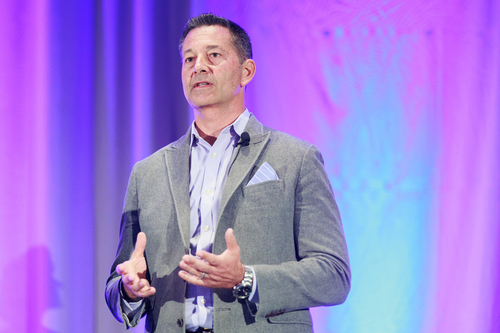Explore Insights
Fresh thinking and advice that help people see the possibilities in their careers.
Article
Apr 10, 2025
The New Era of Career Transitions: A Skills-First Approach
By John Morgan, President of Career Transition, Career Mobility, and Leadership Development at LHH
Case Studies
Apr 02, 2025
RPO Solution Tailored to Client Needs
Article
Apr 02, 2025
Recruiting Strategies for Improving the Candidate Experience


